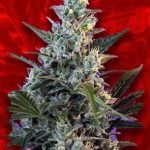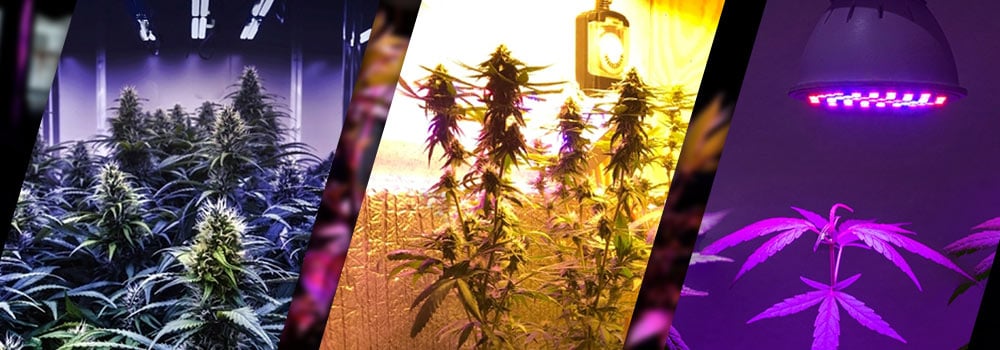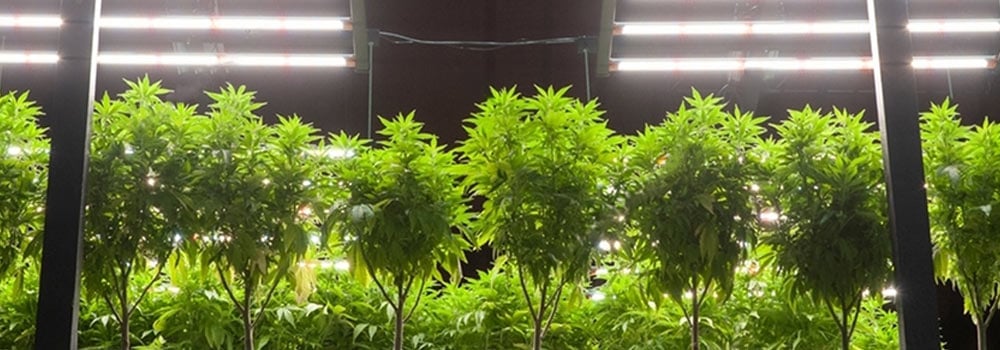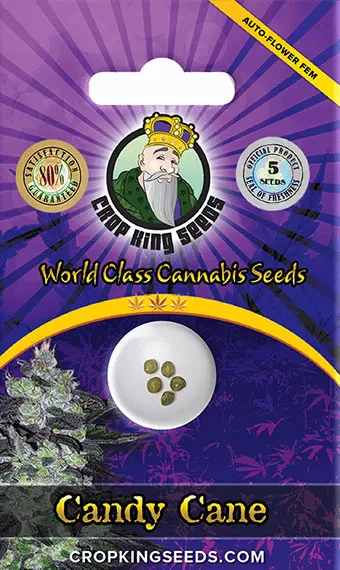Indoor cannabis growers without access to natural sunlight must rely on grow lights to cultivate their plants effectively. These artificial grow lights serve as a substitute for the sun and facilitate the growth of plants and their buds. As light is essential to the plant’s development, without sufficient illumination, even a thriving cannabis plant will yield minimal buds.
The 3 Main Category of Cannabis Grow Lights
High-Intensity Discharge (HID) Lights: HID lights are the most common type of grow lights used for marijuana cultivation. They produce a lot of light and heat, which can benefit plant growth, but they also require proper ventilation and cooling to prevent plant damage. The two types of HID lights commonly used for marijuana cultivation are Metal Halide (MH) and High-Pressure Sodium (HPS) lights.
Metal Halide (MH)
High-Pressure Sodium (HPS)
Ceramic Metal Halide (Light Emitting Ceramic)
Light-Emitting Diode (LED) Lights: LED grow lights are becoming increasingly popular for marijuana cultivation due to their energy efficiency, long lifespan, and ability to produce specific light wavelengths that can enhance plant growth. They produce less heat than HID lights, which can benefit indoor cultivation where temperature control is important.
Fluorescent Lights: Fluorescent lights are another type of grow light used for marijuana cultivation, but they are less commonly used than HID and LED lights. They are less intense than HID and LED lights but are more energy-efficient and can be used for smaller grows or as supplemental lighting. The two types of fluorescent lights commonly used for marijuana cultivation are T5 and CFL (Compact Fluorescent Light) bulbs.
Compact Fluorescent Lights (CFLs)
T5 grow lights (and other fluorescent tubes)
High-Intensity Discharge (HID) Lights
HID grow lights are significantly more efficient and utilize bulky, peculiarly-shaped bulbs. Typically, these bulbs are affixed to a reflector or hood to reflect and concentrate the emitted light onto the plants. While HID lights are highly effective at promoting cannabis growth, they tend to generate substantial heat and require an exhaust system to dissipate the excess warmth.
Metal Halide (MH)
Metal Halide grow lights are utilized during the vegetative stage of growth since they emit a bluish light that is particularly favorable to vegetative plants. However, these lights can also be used throughout the entire growth cycle, including the harvest stage.
Metal Halide lights produce a slightly blue-tinted light that is particularly effective in promoting the growth of cannabis plants during their vegetative phase.
High-Pressure Sodium (HPS)
During the flowering stage of cannabis growth, High-Pressure Sodium (HPS) grow lights are frequently utilized due to their high efficiency and ability to stimulate bud production with their yellow light spectrum. These lights are currently the most efficient grow lights available to yield more buds per watt of electricity consumed, which is a major reason for their widespread popularity. The light emitted by HPS bulbs appears yellow and is highly suitable for promoting flowering in cannabis plants as it stimulates bud production.
Ceramic Metal Halide (CMH, LEC, Light Emitting Ceramic)
It’s important to note that “LEC” and “CMH” are interchangeable terms used to describe the same type of grow light: Ceramic Metal Halide. These bulbs are classified as High-Intensity Discharge (HID) lights and employ ceramic components similar to those used in High-Pressure Sodium (HPS) bulbs, resulting in higher efficiency than regular Metal Halide (MH) lights, although still not quite as efficient as HPS bulbs.
Pros and Cons of HID Grow Lights
Pros:
HID grow lights are highly efficient and provide the highest yields per watt of any grow light.
HPS grow lights, in particular, are the most efficient type of HID light and are best for the flowering stage of cannabis growth. With HPS grow lights during the flowering stage, you can expect around 0.5-1 gram of yield per watt if properly used.
HID lights are easy to use, can be hung at an appropriate distance from the plants without any guesswork (unlike LEDs), and don’t require constant adjustments (like fluorescents).
Cons:
HID bulbs produce a significant amount of heat, which can be concentrated and intense. To prevent excessive heat and heat-related damage to plants, a hood is usually required, and some form of cooling is needed, especially for bulbs with power above 250W.
Setting up an exhaust fan with ducting to vent out the heat generated by HID lighting can be challenging and discouraging for some growers.
HID lighting requires more parts than other lighting types. Unlike fluorescents, which only require a bulb and fixture, or most LEDs, which are just the light itself, HID setups include a bulb, fixture, external ballast, and an additional cable (not including the exhaust system parts).
Light-Emitting Diode (LED) Lights
LED grow lights have gained significant popularity among cannabis cultivators as a substitute for HPS grow lights. One of their primary advantages is that they tend to operate at cooler temperatures and frequently have integrated cooling systems. Additionally, they can be conveniently plugged into a wall and hung over plants, making them more user-friendly compared to HID grow lights. Due to their superior penetration capabilities, LEDs do not need to be moved frequently like fluorescents.
Pros and Cons of Light-Emitting Diode (LED) Lights
Pros:
LED grow lights have built-in cooling systems that prevent heat from contaminating plants, unlike HID bulbs.
Smaller LED lights can be plugged directly into the wall and hung up over plants with no additional setup required.
Some growers report that LED lights produce more resinous buds than other types of lights when used alone or combined with HPS grow lights.
Cons:
Although LED lights produce less heat than HPS bulbs, larger models may still need to be vented with an exhaust fan to prevent overheating.
LEDs generally yield slightly less per watt than HPS grow lights, but results can vary depending on the specific lamp and grower experience.
LED lights require more space between the lamp and plants than other lights, which can be a challenge in smaller grow spaces.
Fluorescent Lights
There are various types of fluorescent grow lights available in different shapes and sizes, ranging from twisty bulbs to elongated tubes. Fluorescents are well-liked as they offer efficient and pleasant lighting for human use while consuming less electricity, making them a great choice for low-key indoor gardening, such as herb gardens.
CFL Grow Lights
CFL grow lights are compact fluorescent bulbs easily found in stores where traditional light bulbs are sold. These bulbs emit a suitable spectrum of light for growing cannabis and are versatile enough to fit into small spaces like a cabinet. To achieve the best yields and growth, keeping the CFLs close to the plants is recommended.
T5 Grow Lights
T5 grow lights are among the most commonly found types of grow lights that are utilized to grow a wide variety of plants. Therefore, they are typically available at various home improvement and garden stores. T5 lights are significantly broader than CFLs and generally come in a panel format. However, they can still be positioned just a few inches away from plants without the risk of causing any damage or burning them.
Pros and Cons of Fluorescent Lights
Pros
They are affordable.
Fluorescents consume minimal electricity and generate low heat, especially when not overcrowded in small areas.
Fluorescents provide an ideal light spectrum for growing cannabis.
They can be kept in close proximity to plants, making them ideal for short spaces.
Fluorescent lights are among the best options for clones, seedlings, and young plants. Using larger lights on young plants risks burning them and wastes energy.
Fluorescents can save money on electricity during the first few weeks of growth compared to high-powered grow lights.
Cons
Fluorescents produce smaller yields per watt than other grow light types when used during the flowering stage when buds are forming. Typically, using fluorescents, you can expect around 0.25 grams of buds per watt of electricity (based on actual watts drawn from the wall, not equivalent watts), while LEDs and HPS lights can provide 2-4 times as much yield per watt.
The light emitted by fluorescent lamps does not penetrate deep into the plant, so they are more suitable for plants trained to grow short and flat. They are not powerful enough to support the growth of tall plants during the flowering stage.

























